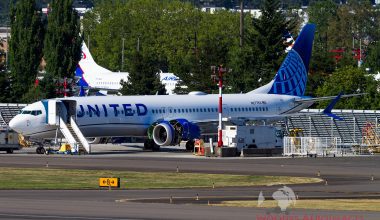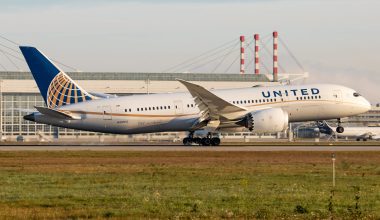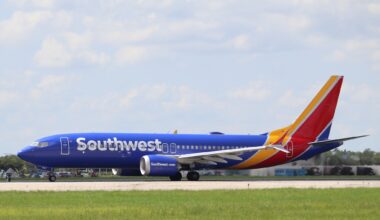Boeing Company, a US-based multinational corporation, is one of the biggest builders of commercial airplanes flying in the skies worldwide. The American aerospace manufacturer designs and sells commercial jetliners in narrow and widebody versions. In the case of narrowbody jets, the Boeing 737 is a clear winner in terms of sales and efficiency. Similarly, in the American widebody market, Boeing 777 and Boeing 787 are spotlighted. 777 and 787 are formidable, hot-selling widebody airliners in Boeing’s product lineup. But which aircraft is the best between these two? This guide provides a detailed comparison between Boeing’s two engineering marvels, 777 and 787. Let’s dive into the details of B777 vs. B787 without further ado.

In this article, we’ll make 777 vs. 787 comparisons regarding their size, fuel capacity, range, and passenger comfort, among other key bases.
A brief introduction to B777
Boeing 777, called the Triple Seven, is a low-wing, twin-aisle, twin-engine airliner built for long-haul operations. Developed in the 1990s, the 777 mini-jumbo is the world’s best-selling widebody aircraft. The US planemaker rolled out the Boeing 777 to fill the capacity difference between its two-engine 767s and the iconic four-engine 747s. With 1,716 examples delivered so far (as of August 2023), Boeing continues to enjoy the tremendous success of the 777 program.
The first 777 rolled off the production line and joined the United Airlines fleet on May 15, 1995. Despite crossing a quarter of a century of flying, the venerable B777 airplane is still going strong. The latest edition, 777X, presents breakthroughs in aerodynamics and engines and claims the title of the world’s most efficient twinjet.
Also Read: Boeing 747 vs 777: Boeing Family’s Largest Aircraft
A short introduction to Boeing 787
The Boeing 787 Dreamliner is a revolutionary carbon-composite airplane developed in the 2000s in response to airline demands for greater fuel-efficient aircraft. Hailed as the airliner of the future, the 787’s debut in late 2009 ushered the world into a next-generation era. The hotly anticipated 787 Dreamliner entered commercial service with All Nippon Airways in 2011, 3 years later than the original schedule.

Powered by GEnx or Rolls-Royce Trent 100 high-bypass turbofans, the iconic B787 plane lives up to its promises of greater fuel efficiency. It is the first composite airliner featuring a one-piece carbon fiber fuselage, a lightweight alternative to aluminum, which made the skin of traditional commercial jets.
Like its larger brethren 777, the legendary 787 Dreamliner has proven a promising fit for airlines. The 787 is leading the aviation manufacturer’s widebody jet sales, with 1,077 units built as of August 2023.
Boeing 777 vs B787: specifications
The Triple Seven is available in two variants, i.e., Initial (including models 777-200/200ER and 777-300) and Long-range (777-300ER and 777-200LR/777F models).
On the other hand, the 787 Dreamliner has three models, i.e., 787-8, 787-9, and 787-10.
The baseline 777-200 model is the shortest Triple Seven variant with the typical 2-class seating capacity of 313 passengers. Similarly, the base model of the 787 family, the -8, is the shortest Dreamliner variant with a typical capacity of 220 passengers.
To make 777 vs. 787 comparisons easy, here are the dimensions and capacity of both aircraft’s variants.
Aircraft Model Length 2-class seats Wingspan
777-200/200ER 63.73m 313 60.93m
787-8 56.72m 242 60.12m
777-300 73.86m 396 60.93m
787-9 62.81m 290 60.12m
777-300ER 73.86m 396 64.80m
787-10 68.28m 330 60.12m
The table shows that the only 787 model closest to the 777 in length and seating capacity is 787-10. The -10 is a lengthened and strengthened variant that shares 90% commonality and has a bit of an edge on the -9 in an identical configuration. It can carry 330 passengers in a two-class layout, 66 less than its larger brethren 777-300ER.
In summary, the formidable Triple Seven has the edge over the cutting-edge 787 regarding passenger capacity.
Also Read: Airbus A320 vs 737 : comparison between two narrow-body aircraft
777 vs. 787: Engine differences, range, and speed
Boeing Co has outfitted its earlier dual-aisle 777 Classics with GE90, PW400, or Roll-Royce Trent 800 engines. The later models, i.e., extended-range 777-ER and longer-range 777-200LR, are powered by large-diameter GE90 turbofan engines. As for the 787 variants, the engine options include either General Electric GEnx-1B or Rolls-Royce Trent 1000 high-bypass turbofans.

These powerful engines work together to give 777 and 787 impressive fuel range and cruising speed. While both aircraft are ideal for long-haul flights and cruise at excellent speed, one performs slightly better. The following data will help you understand more clearly.
Aircraft Range
777-200 9700km
777-200ER 13,080km
777-300 11,165km
777-300ER 13,649km
777-200LR/777F 15,843km for-200LR 9200km for 777F
787-8 13,620km
787-9 14,140km
787-10 11,910km
The 777 mini-jumbos are long-haul workhorses that generate long-range success for airlines worldwide. The long-range 777 variant, i.e., 777-200LR, has an exceptional range capability flying as far as 8,555nmi (15,843km).
The next-generation Boeing 787 loses to special 777 ER variants in flying distance. While the stretched 787-9 beats out 777-200,-200ER, and -300 Classics with an impressive fuel range of 14,010 km, this isn’t enough to match 777-200LR’s range level.
In terms of speed, Boeing 787 cruises slightly faster than its predecessor, 777. The twin-engine 787 cruises at Mach 0.85 (488kn) and can reach speeds up to Mach 0.90 (516kn). On the other hand, the Boeing 777 has a cruise speed of 0.84 (0.84) and can achieve the maximum speed of Mach 0.87-Mach 0.89 (499-511kn).
In summary, although B777 touts an extended operational range to fly longer distances, its cruise speed is relatively less than B787. The Boeing 777 will be a good fit for operators looking to connect distant destinations without having to refuel or land frequently en route. Likewise, the Boeing 787, as an ideal route opener, makes the point-to-point routing model feasible and allows carriers to open new routes. Carriers can leverage the opportunities the 787 opens for non-stop flights and enjoy its range flexibility.
777 vs 787: Fuel efficiency
Which aircraft is more fuel-efficient, the 777 or the 787? The engineering marvel Boeing 787 burns less fuel than the B777, thanks to its more fuel-efficient engines, increased use of lightweight composite materials, and modern aerodynamics. According to its manufacturer, the 787 Dreamliner offers a 20% improvement in fuel use over today’s similarly sized airplanes, resulting in exceptional environmental performance.
At the heart of the B787 design is carbon-fiber lightweight materials that are 80% composite by volume. The one-piece carbon fiber fuselage is light, allowing the 787 to burn 20% less fuel than similar aircraft types and making flying more environmentally friendly.
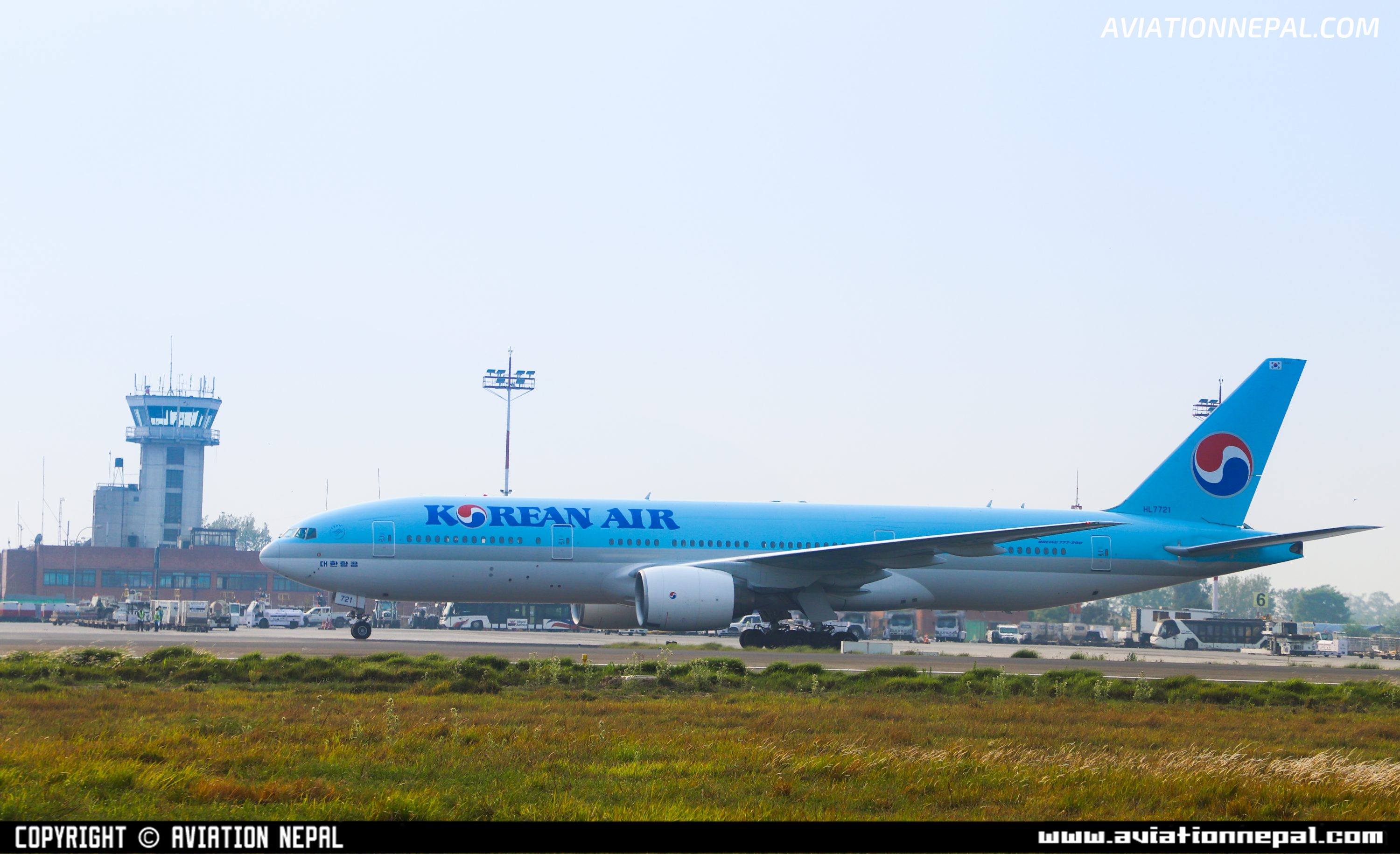
According to the reports, the fuel consumption rate per hour of the 777 series is 6,080-7,500 liters, depending on the model. On the other hand, the 787 Dreamliner models use 4,900-5,600 liters of fuel per hour, leading to considerable fuel cost savings.
At a time when spiraling fuel prices are battering airlines’ revenues, unparalleled fuel efficiency is a big selling point for the 787.
The 787 holds a slight fuel-saving advantage over its older counterpart, Triple Seven, due to a combination of various factors.
777 vs. 787: Passenger comfort
While Boeing has designed 777 and 787 with passenger comfort in mind, some distinctions are worth noting.
Flyers onboard the 777 will appreciate the aircraft’s long-range, widebody comfort. The elongated fuselage of the Triple Seven means spacious cabins with wider seats and a large aisle.
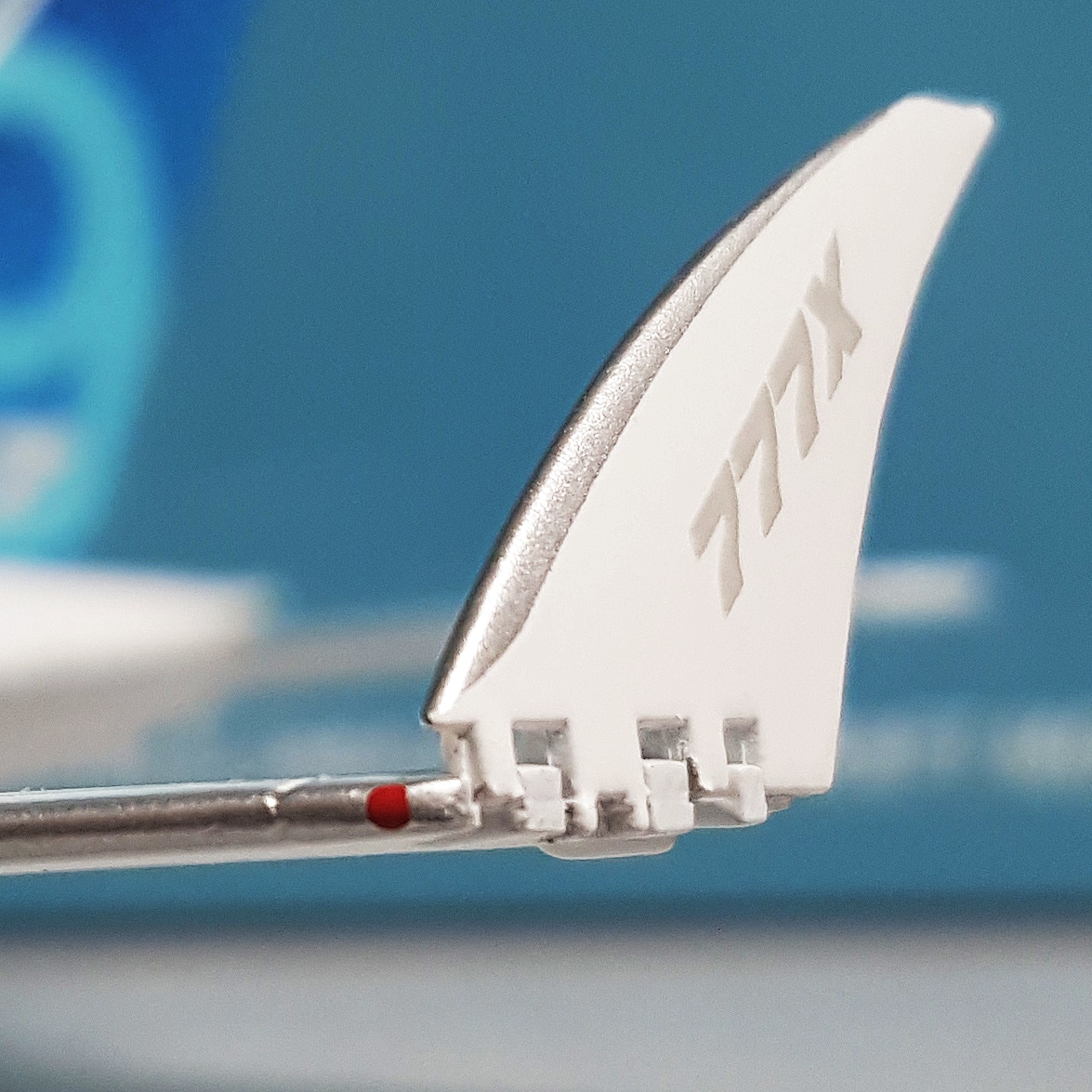
Meanwhile, Boeing’s Dreamliners are revered for their sophisticated offerings and innovative features to enrich the passenger cabin experience. The Boeing 787 takes passenger comfort to a new level with the application of different technologies ranging from large windows equipped with electronic dimming to an improved cabin pressurization system. Lower cabin altitude, fresher & cleaner air, better humidity, less fatigue, and less bumpy rides help passengers arrive at their destination less weary.
While 777 and 787 are hailed as comfortable aircraft in the skies, incorporating several innovative features makes the 787 a better choice regarding cabin comfort.
777 vs 787: List price
The industry-leading 777 and 787 are valuable assets and costly investments for airlines. When comparing the list prices of Boeing’s best-performing widebody twinjets, the newest largest 787 version, i.e., -10, is worth around $340 million. Meanwhile, the largest variant of the Boeing 777 will set back airlines around $375 million. While Boeing seeks to maximize its 787 sales without sapping demand for its 777 models, airlines often must choose between these two airliners.
Also Read: Delta VS United , First and Economic class? Which One Is the Best?
777 vs. 787: Bottom line
Triple Seven and Dreamliner are formidable long-range widebody jets used by many airlines worldwide. Both jets fit their mission profile and have their unique selling points. While the Boeing 777 has the edge in capacity and range, the 787 excels in cabin comfort and fuel efficiency. The choice between these two iconic twin jets comes down to an individual airline’s specific requirements and priorities.



